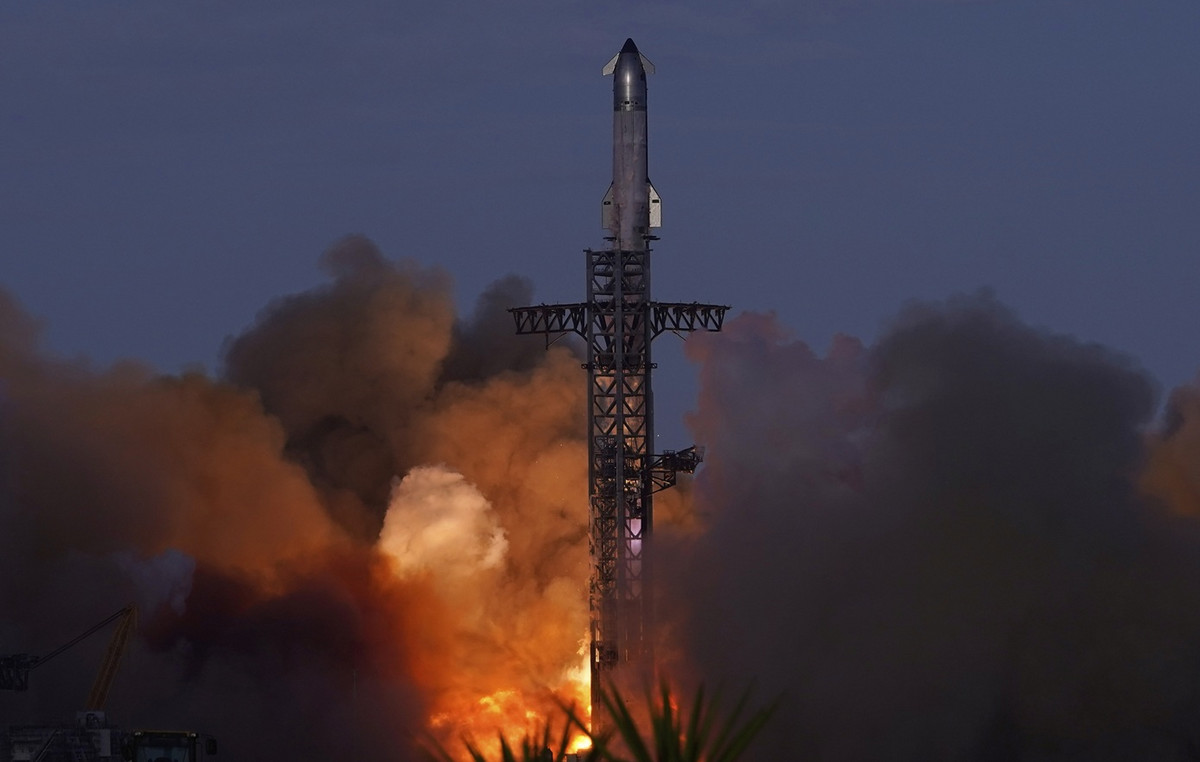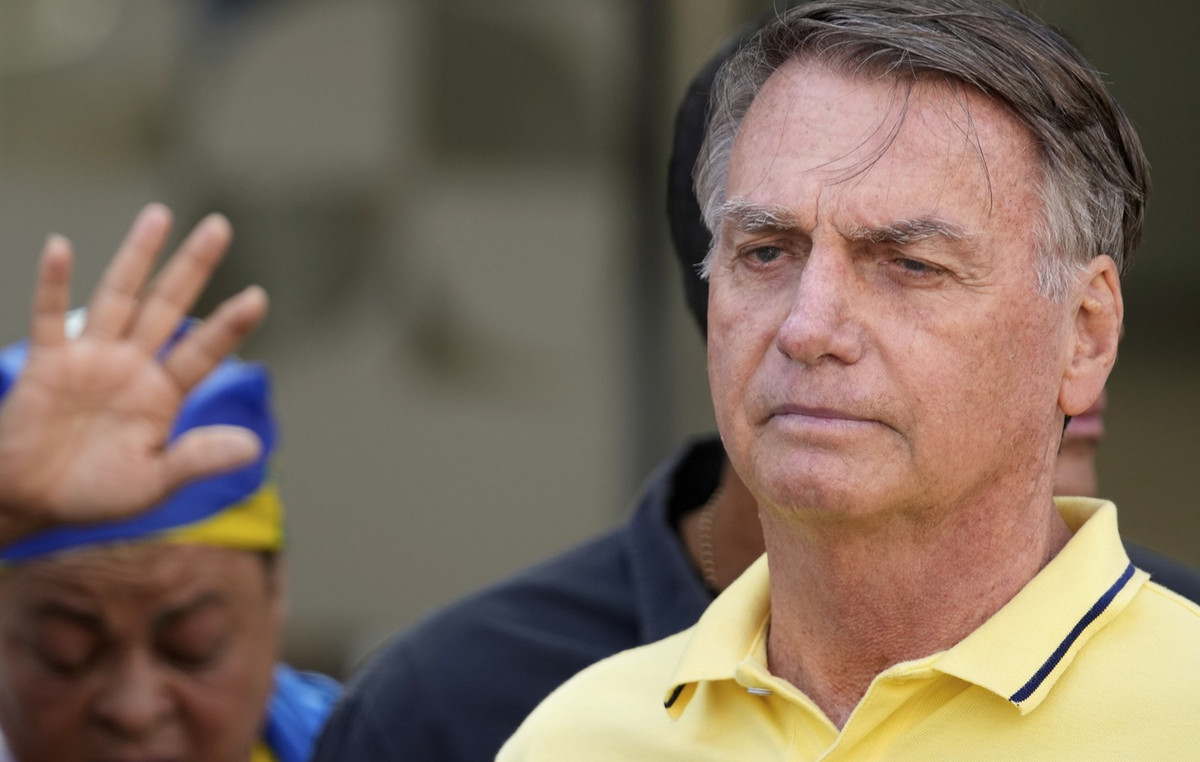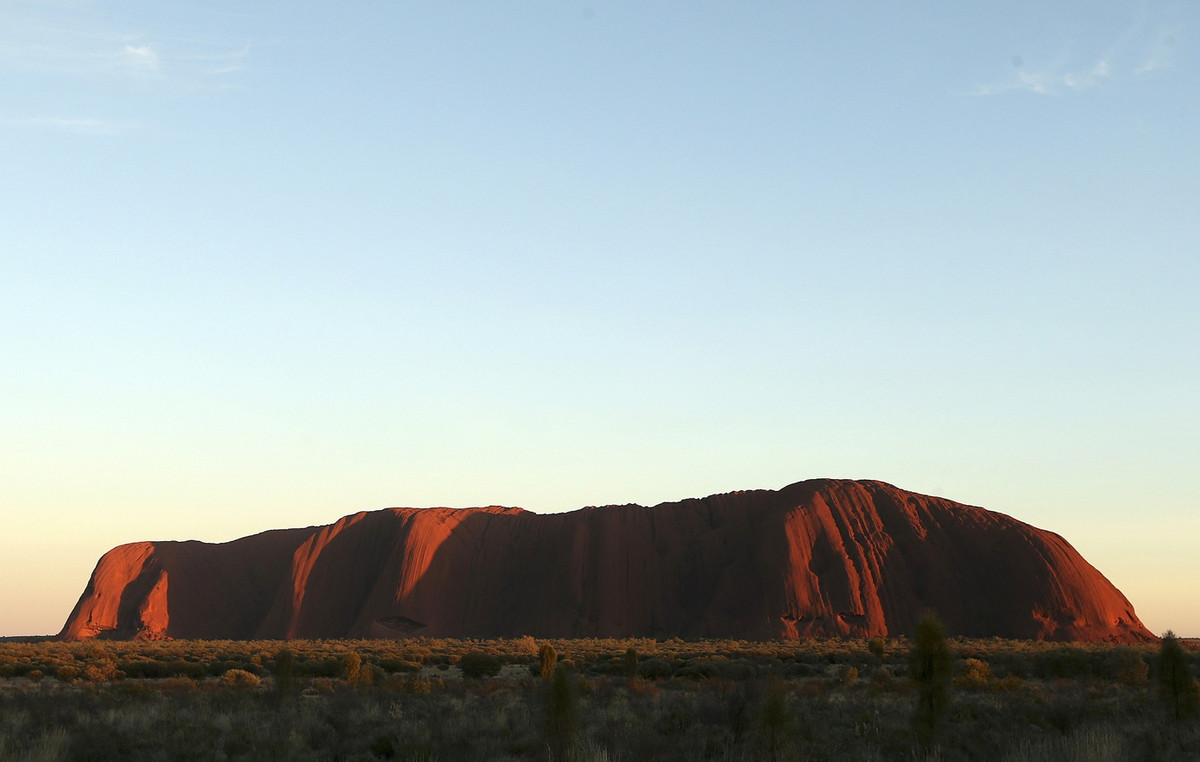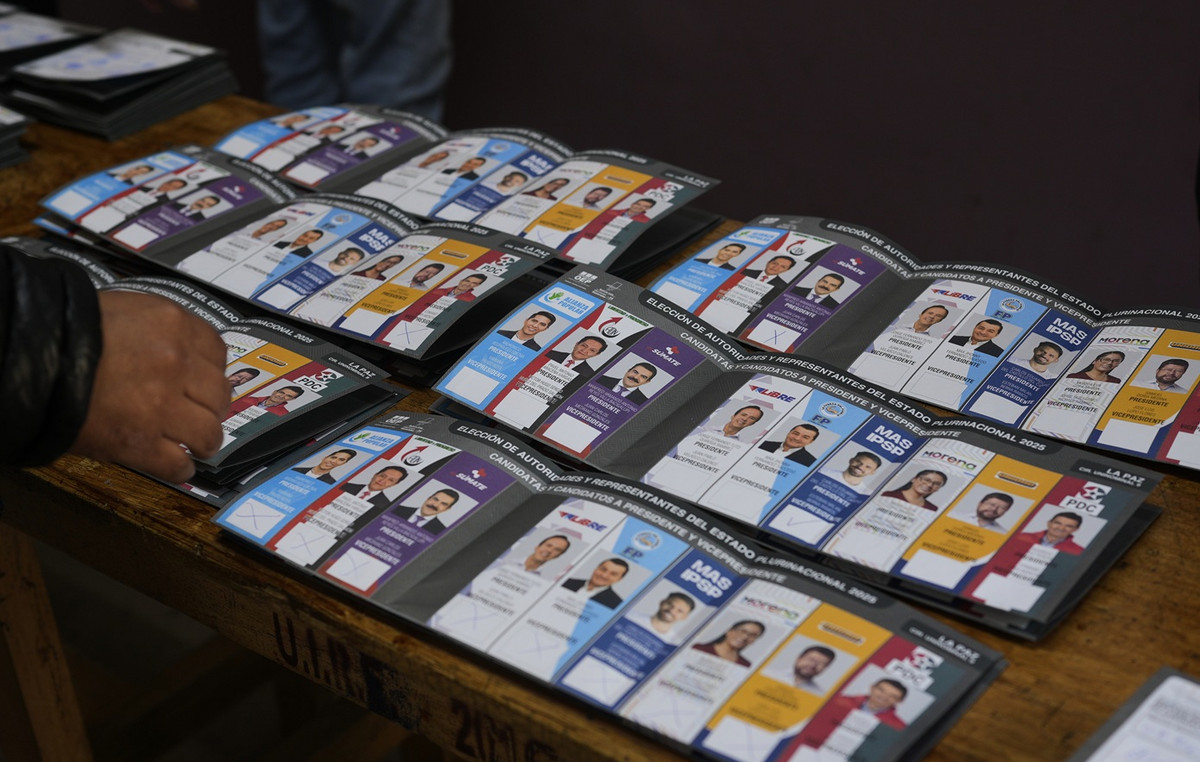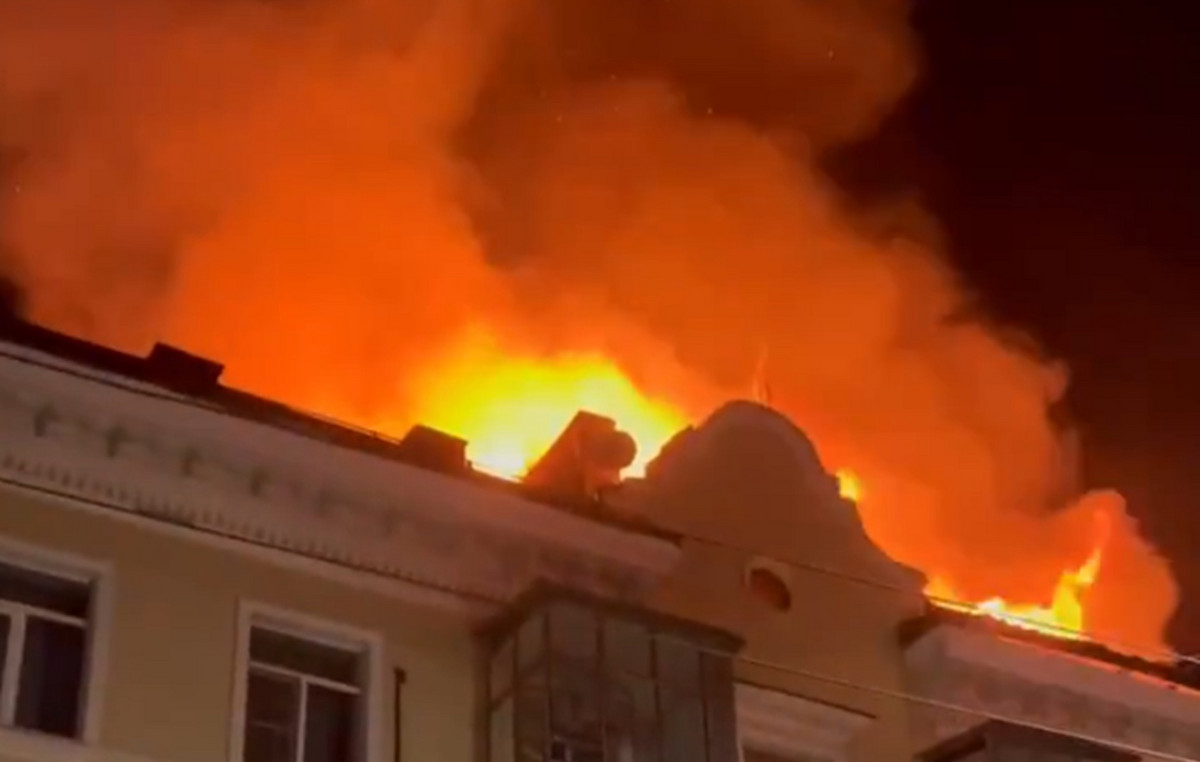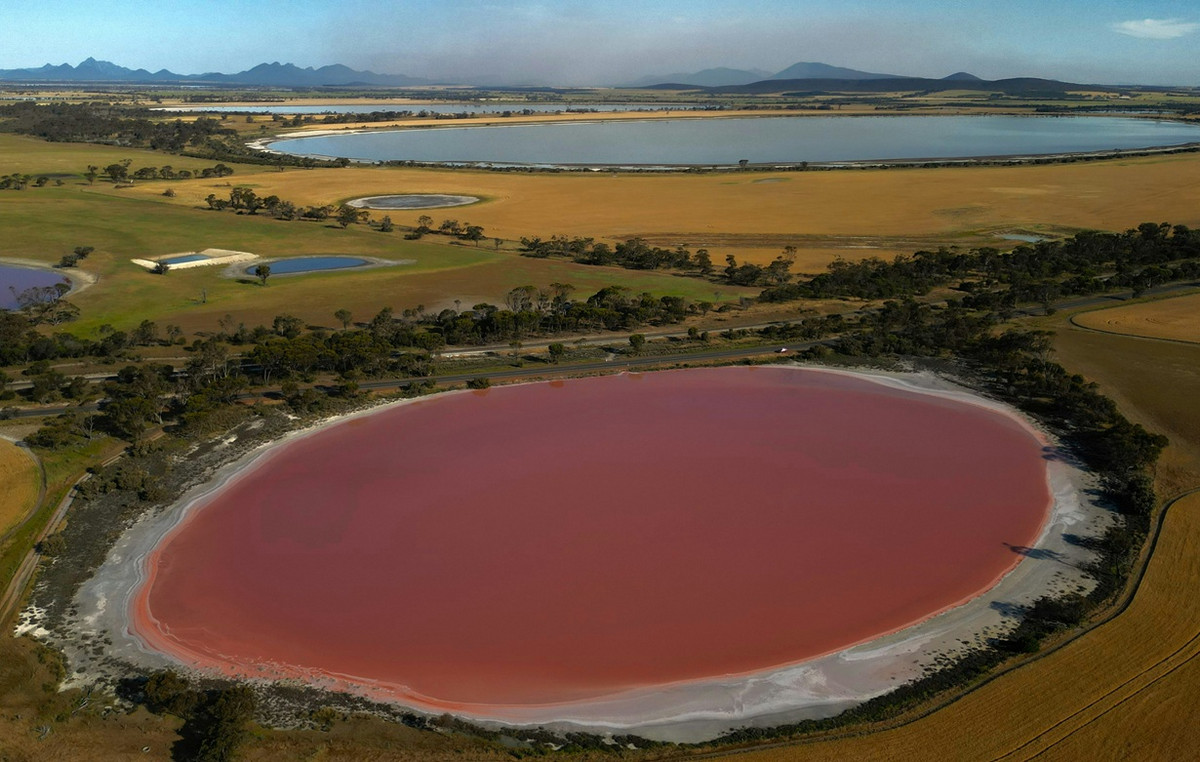In the same trend of the previous year, only by 2024 the Brazil lost 2% of the water surface according to data from Mapbiomas released on Friday (21). The analysis shows that last year was 4% below the average of the historical series, which began in 1985, and show that the last decade had eight of the 10 driest years ever analyzed .
“The dynamics of land occupation and use in Brazil, along with extreme climate events, caused by global warming, is leaving Brazil drier,” explains Juliano Schirmbeck, technical coordinator of Mapbiomas Água.
THE Brazil has 12% of drinking water on the planet And about 2% of this amount is in the Pantanal, the biome that has lost the most water surface compared to the historical average: 61%. In 2024, the Pantanal, the largest floodplain on the planet, was below the historical average during all the year.
“Since the last flood in 2018, the biome has faced the increase in drought periods and, by 2024, extreme drought has increased the incidence and spread of fires,” says Eduardo Rosa of the Mapbiomas Água team.
The Amazon, which has more than half of the country’s water surface (61%), suffered an extreme drought last year, which led to a 3.6% drop from the average water extension in the biome. Almost two thirds (63%) of their watersheds recorded water surface loss .
In the Cerrado, the researchers recorded an inversion between surface of natural water bodies (rivers, lakes and lagoons) and artificial (reservoirs and dams). In 1985, 63% of the biome water surface was natural – a number that went to 40% in 2024, while artificial water bodies went from 37% to 60%.
Full reservoirs do not supply rivers drying
Anthropic water grew 54% compared to 1985, but the scenario did not revert the general trend of reduction, according to the research. Most of the water surface identified in anthropic bodies is in densely inhabited biomes, such as the Atlantic Forest, while the natural loss of rivers and lakes lost 15% of water compared to the historical series.
“The increase in the surface of water in the Cerrado, Caatinga and Atlantic forest derive from the growth of water stored in hydroelectric dams and other types of reservoirs. In the case of biomes with greater prevalence of natural water, such as the Amazon and Pantanal, there was water reduction,” says Juliano Schirirbeck.
This content was originally published in Brazil drying: Pantanal lost 61% water surface last year on the CNN Brazil website.
Source: CNN Brasil
I’m James Harper, a highly experienced and accomplished news writer for World Stock Market. I have been writing in the Politics section of the website for over five years, providing readers with up-to-date and insightful information about current events in politics. My work is widely read and respected by many industry professionals as well as laymen.

